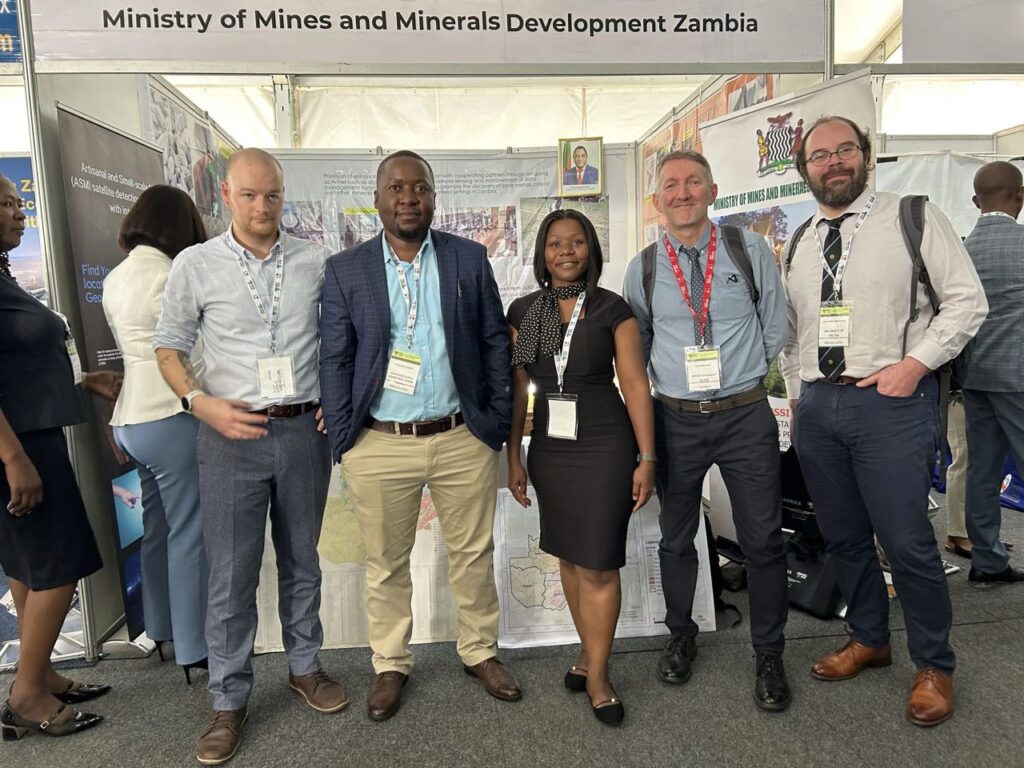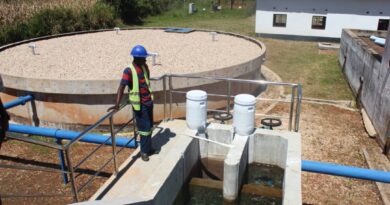Zambia Launches First-Ever Critical Minerals Guide to Support Global Clean Energy Transition
Zambia has launched its first comprehensive guide to critical minerals, marking a major milestone in the country’s efforts to position itself as a key player in the global clean energy transition. The guide, titled “Critical Minerals Potential of Zambia”, outlines the country’s known and prospective mineral resources, including cobalt, lithium, copper, graphite, and others essential to the decarbonisation of global energy systems.
The publication is a result of collaboration between the Zambian Ministry of Mines and Minerals Development and the UK’s British Geological Survey (BGS). It was developed with support from the UK Foreign, Commonwealth & Development Office (FCDO) and BGS’s International Geoscience Research and Development Programme. The guide offers geological insights, exploration updates, and production data on 11 critical minerals identified by Zambia’s Critical Minerals Strategy.
Launching the guide at the Invest-Zambia International Conference 2025 in Lusaka, UK Trade Envoy for Southern Africa Calvin Bailey MBE MP hailed the initiative as a significant step in attracting responsible investment into Zambia’s mineral sector.
“This guide supports Zambia’s National Critical Minerals Strategy and will help attract responsible investment in the minerals sector, supporting economic growth and the global green energy transition,” said Mr. Bailey.
British High Commissioner to Zambia, Rebecca Terzeon, echoed the sentiment, calling the guide a testament to the UK-Zambia partnership built on shared economic and environmental priorities.
“The work of the British Geological Survey together with Zambia is an excellent example of how collaboration brings benefits to both our countries,” she stated.
Zambia is already a well-established global supplier of copper, with over a century of mining experience. The government has set a target to increase annual copper production to 3 million metric tonnes by 2031. Additionally, the country is poised to open Africa’s first cobalt sulfate refinery by the end of 2025, a game-changing development that will position Zambia among the few countries outside China with refining capabilities for battery-grade cobalt sulfate.
“As the world transitions to a low-carbon future, Zambia stands ready to play a vital role by responsibly developing our critical mineral resources,” said Gerald Mwila, Director of the Geological Survey Department of Zambia.
The guide identifies the following 11 minerals as critical: cobalt, columbite-tantalite, copper, graphite, lithium, manganese, nickel, rare earth elements, sugilite, tin, and uranium. Global demand for many of these minerals is skyrocketing, particularly due to their use in electric vehicles and renewable energy technologies. Demand for graphite and lithium, for example, is expected to increase by up to 130 and 350 times, respectively, by 2040.
BGS Project Leader Clive Mitchell, who has worked on Zambia’s mineral resources for over three decades, expressed pride in the continued collaboration.
“I am proud to continue playing a small part in supporting Zambia to develop as an emerging economy that will bring prosperity and improved life chances for all Zambians,” Mitchell stated.
BGS Minerals Scientist Dr. David Currie, who co-authored the guide, emphasized its potential impact on investment.
“We hope this guide attracts interest from Zambian and international investors alike,” said Dr. Currie. “It reveals valuable geological insights that exploration companies may not yet have discovered.”
The “Critical Minerals Potential of Zambia” guide not only equips investors and exploration firms with essential data, but also empowers policymakers, regulators, and communities to better understand mineral development and its benefits. It stands as a cornerstone in building Zambia’s resilience, diversifying its mineral portfolio, and reinforcing its role in the global green economy.
The full guide is now available online and serves as a vital resource in unlocking Zambia’s critical mineral future.



